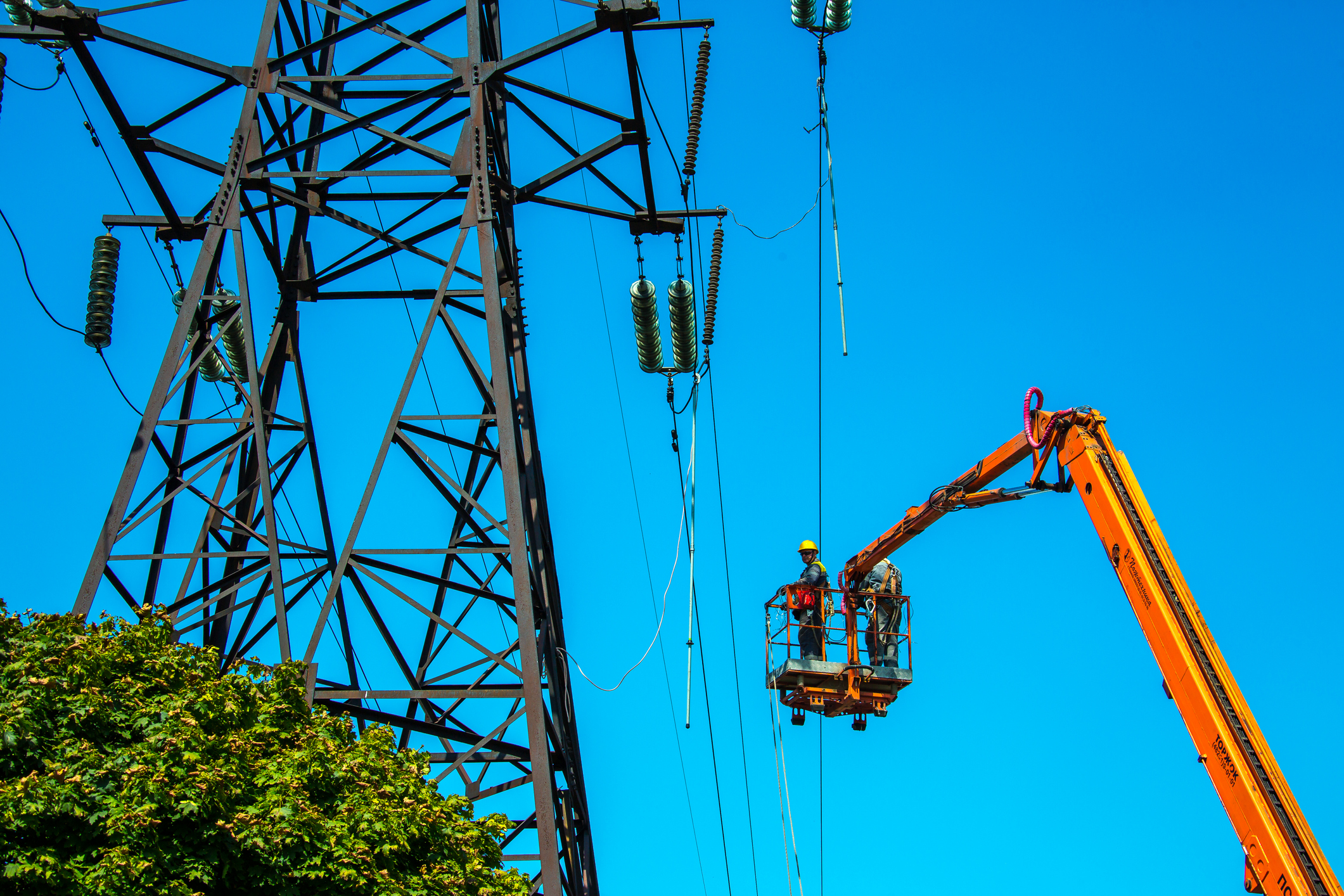2020 NEC, Section 800.44 | Installing Overhead Communications Wiring

By: Robert Key | Oct 05, 2022
Communications systems have become an increasingly important part of our lives. If the power goes out that’s one thing, but if the internet or our company’s network goes down, it is a crisis. In the past, Chapter 8 of the NEC has not been given the attention and importance it deserves. Article 800, General Requirements for Communications Systems, sets the ground rules for the installation of these systems, and the five articles that follow dictate the requirements for specific types of systems, such as broadband communications systems. This article has undergone extensive changes for 2020, and although some are for the purpose of consistency and clarity of expression, other changes clarify specific situations and how they are to be installed.
Section 800.44 covers overhead or aerial installations of wires and cables, and it has been completely rewritten. All the subheadings have been marked with an “N” to identify them as new content. Here are some highlights:
- The most significant change is the addition of subsections (C) On masts, and (D) Between Buildings.
- Redundant uses of the word communications have been eliminated.
- There is a new Informational Note that refers us to the ANSI standard for overhead wires and cables (ANSI C2-2017).
- The other reference to the ANSI standard has been updated to reflect a newer version.
Here is the text of the new subsections:
(C) On Masts.
Overhead (aerial) communications and CATV type coaxial cables shall be permitted to be attached to an above-the-roof raceway mast that does not enclose or support conductors of electric light or power circuits.
Prior to the 2020 edition of the NEC, there were no specific instructions as to whether these communications cables could be supported above the roof by a mast. Use of the mast where there is also lighting or power conductors is now specifically prohibited.
(D) Between Buildings.
Communications and CATV type coaxial cables extending between buildings or structures, and also the supports or attachment fixtures, shall be identified and shall have sufficient strength to withstand the loads to which they might be subjected.
Exception: Where a coaxial cable does not have sufficient strength to be self-supporting, it shall be attached to a supporting messenger cable that, together with the attachment fixtures or supports, shall be acceptable for the purpose and shall have sufficient strength to withstand the loads to which they may be subjected.
We now have specific direction as to the requirement for the cable to withstand the loads to which it is subjected. The enhanced content from NFPA also mentions that wind and ice loads are to be taken into consideration. Where the cable is not strong enough on its own, a messenger wire is permitted to supplement the cable.
Section 800.44 has been completely rewritten, with improved clarity of expression and important new specifications for conductors on masts and between buildings. This article sets the ground rules for the installation of five types of communications systems. Almost all businesses rely extensively on computers, so this chapter of the NEC will no doubt see further revision in future editions. The electrical professional must become a lifelong learner to keep the pace.

